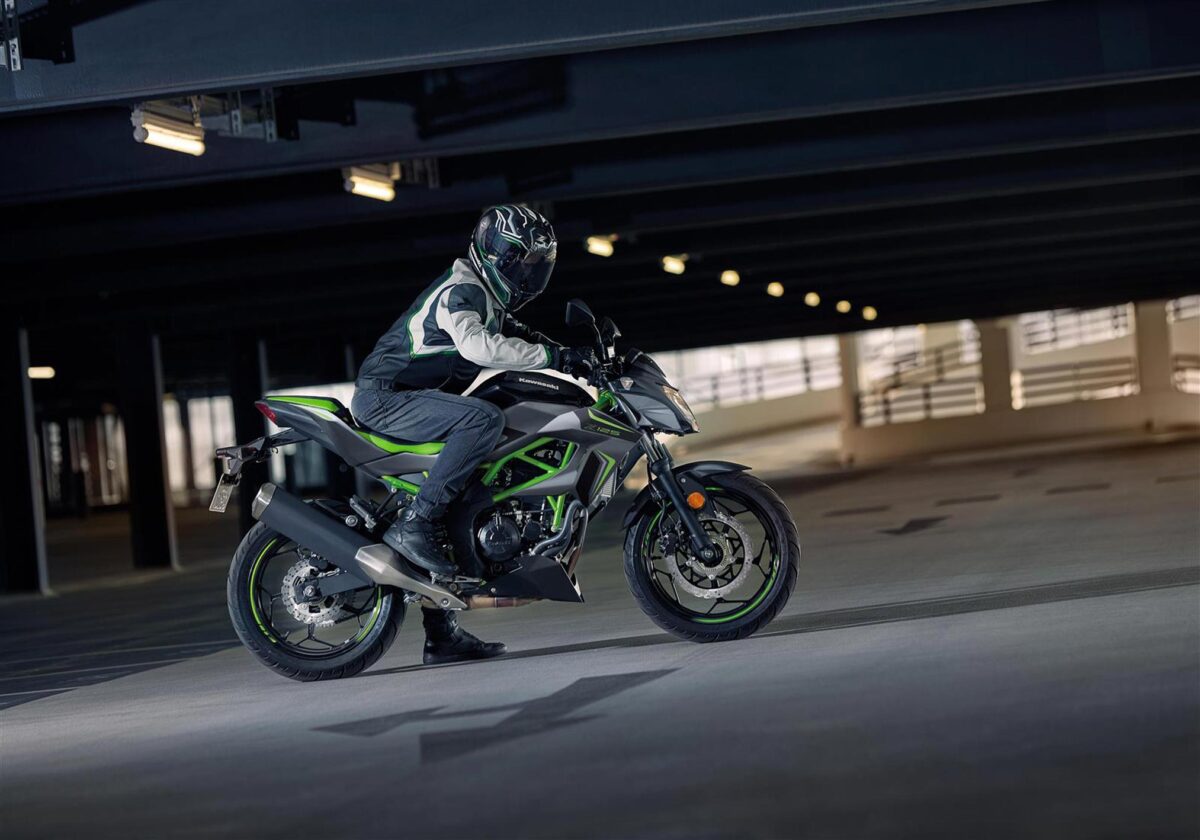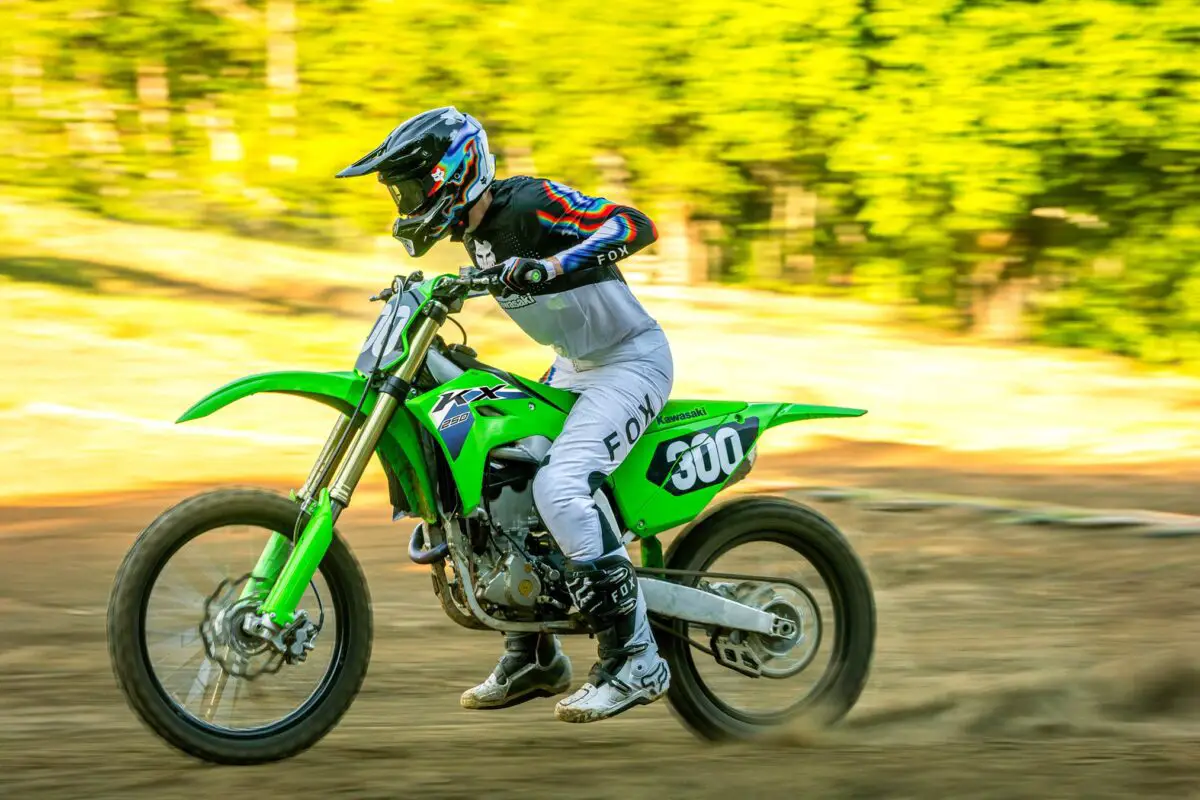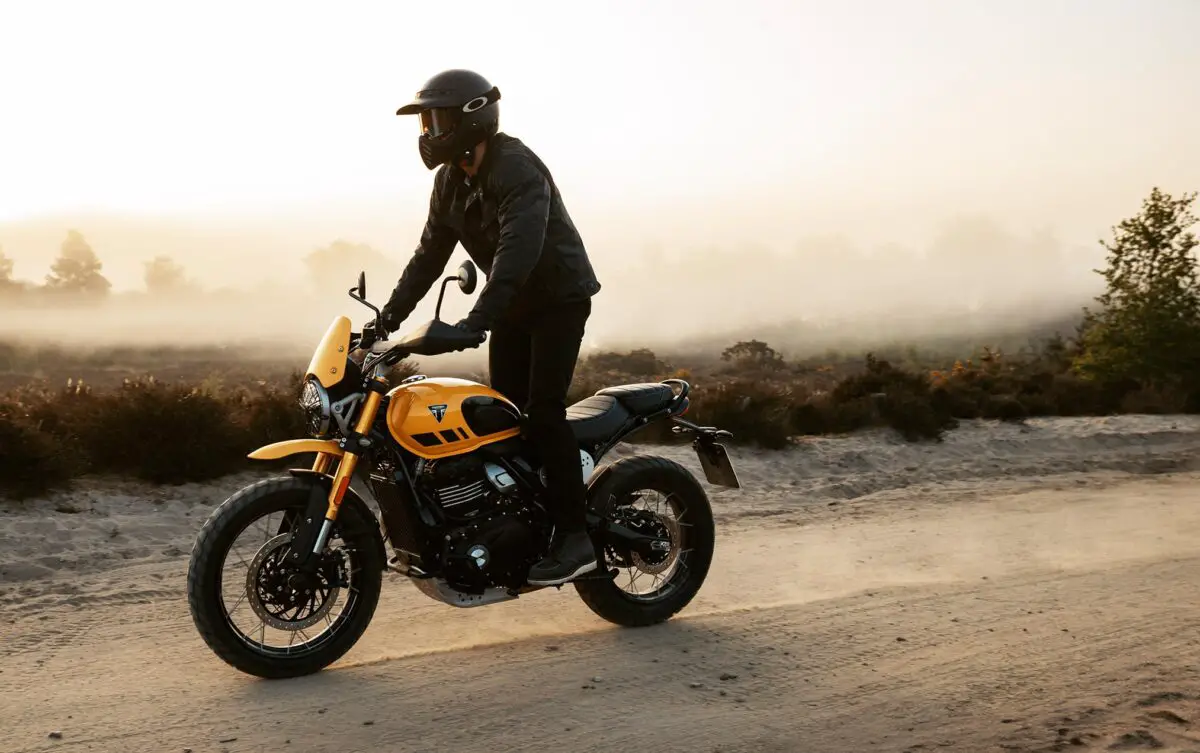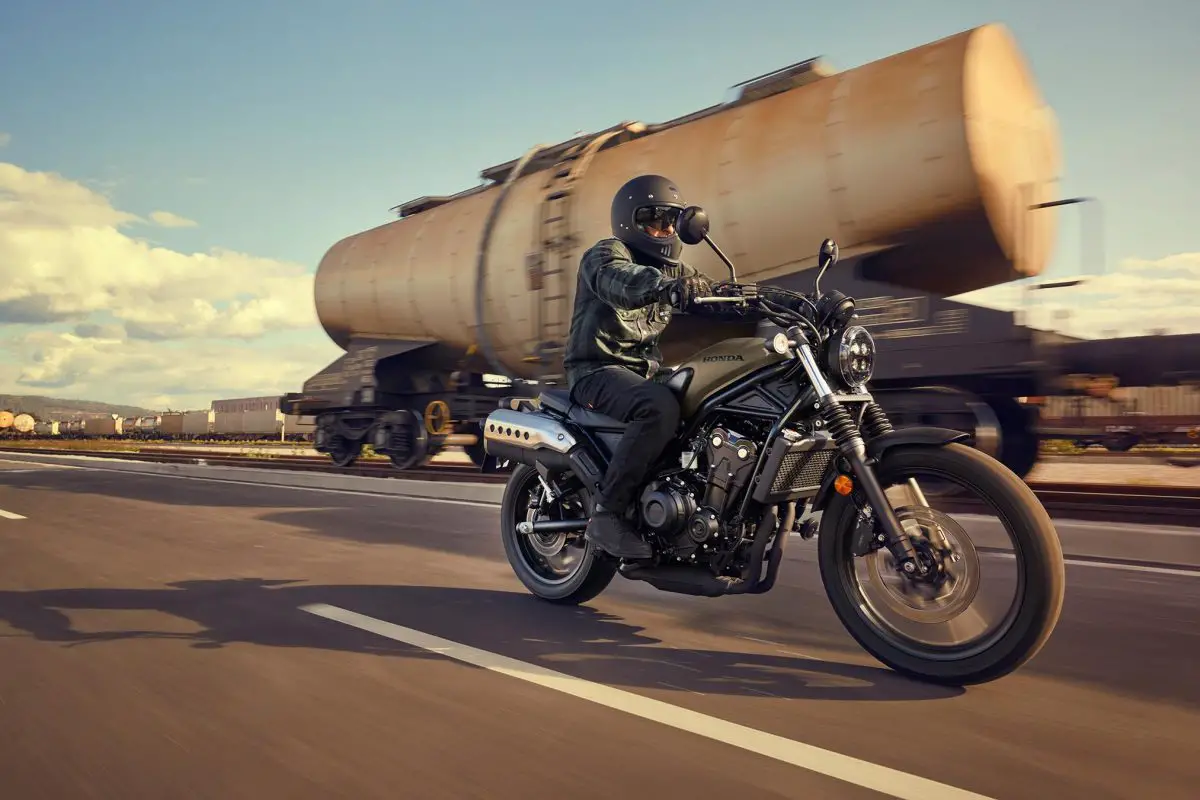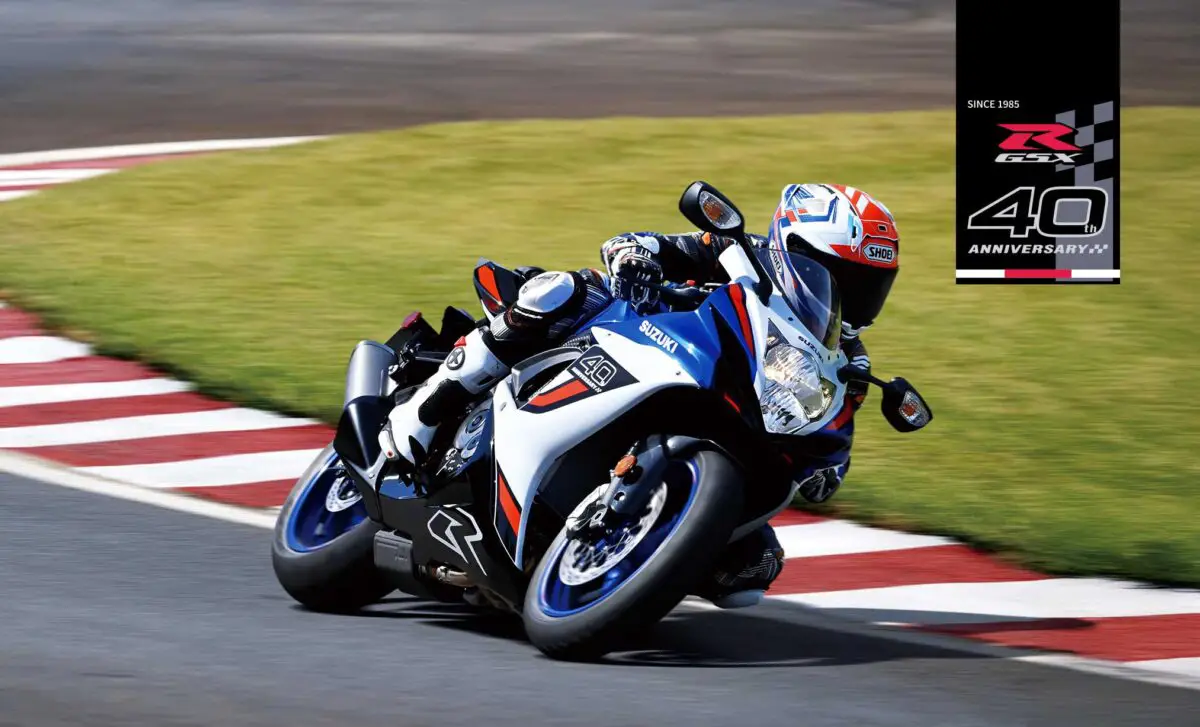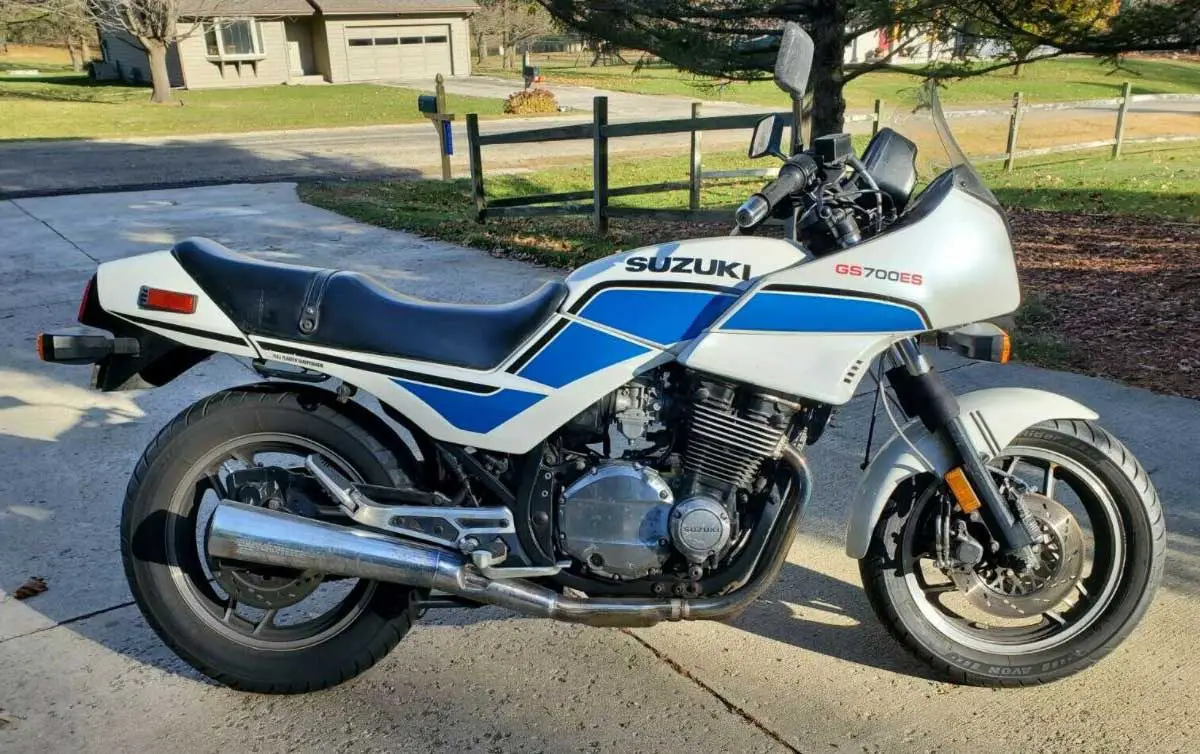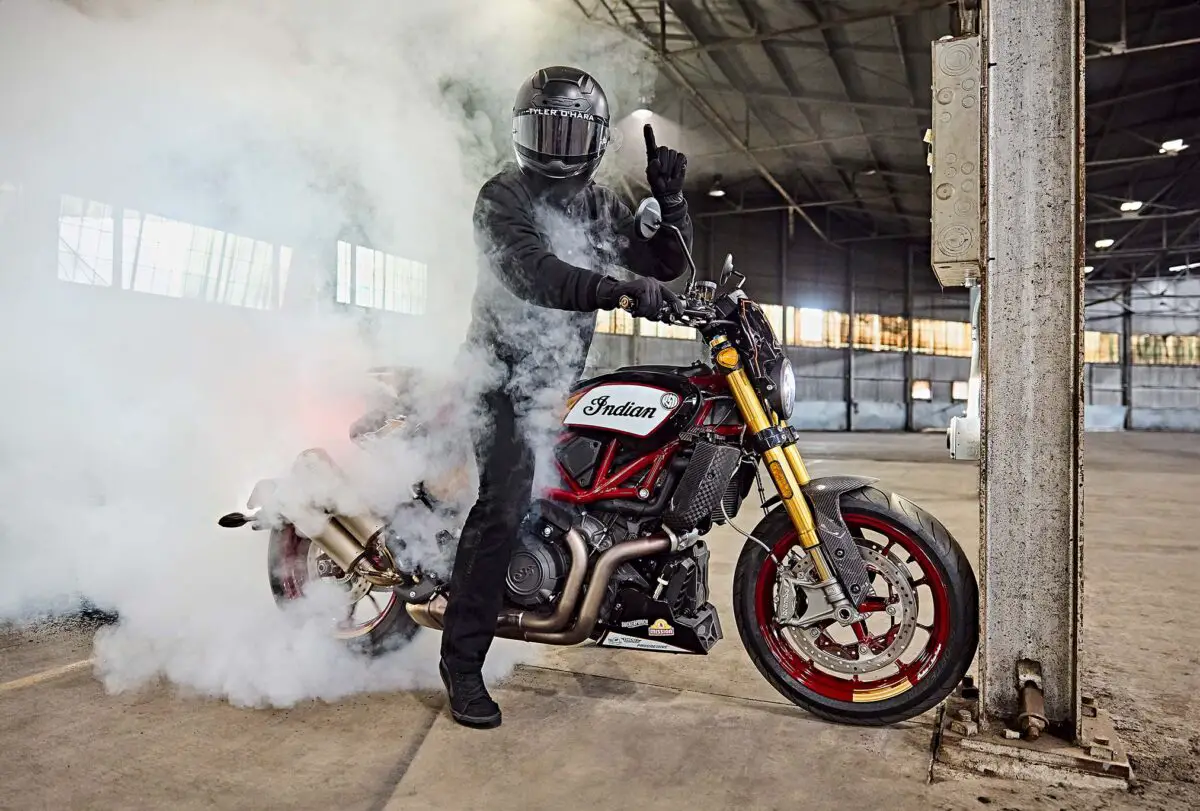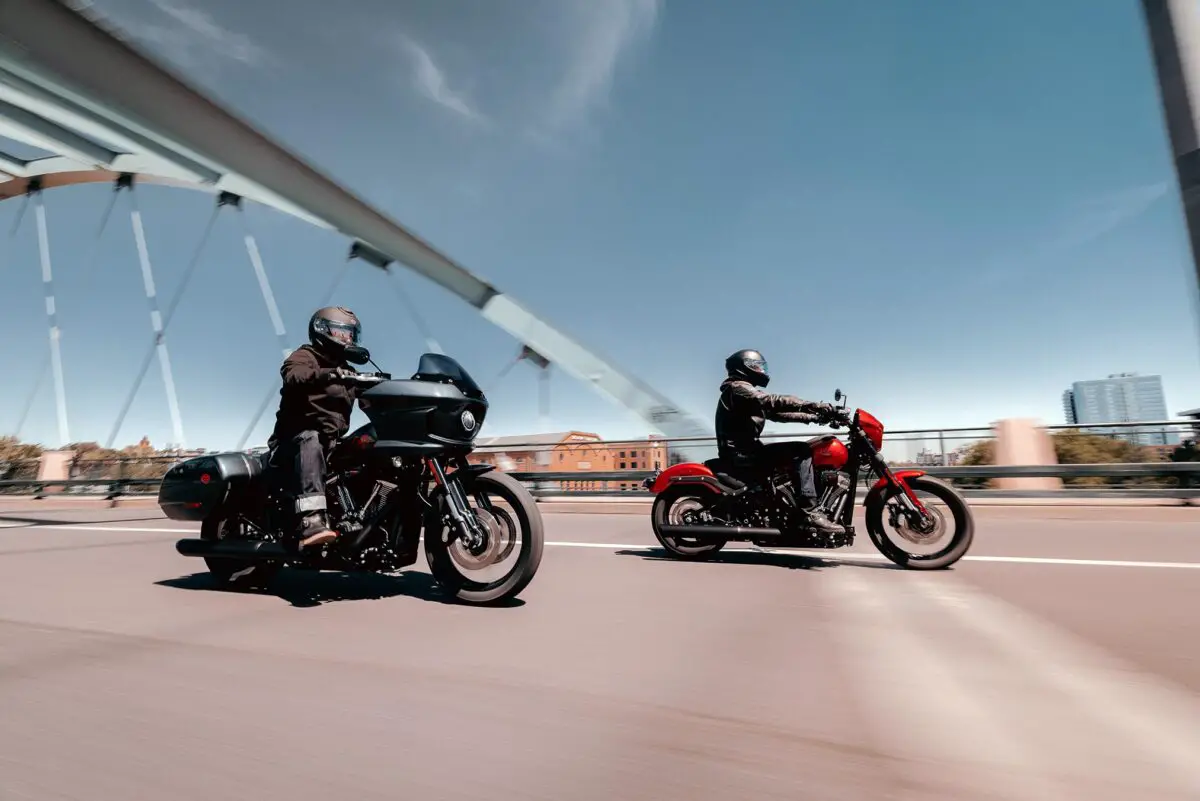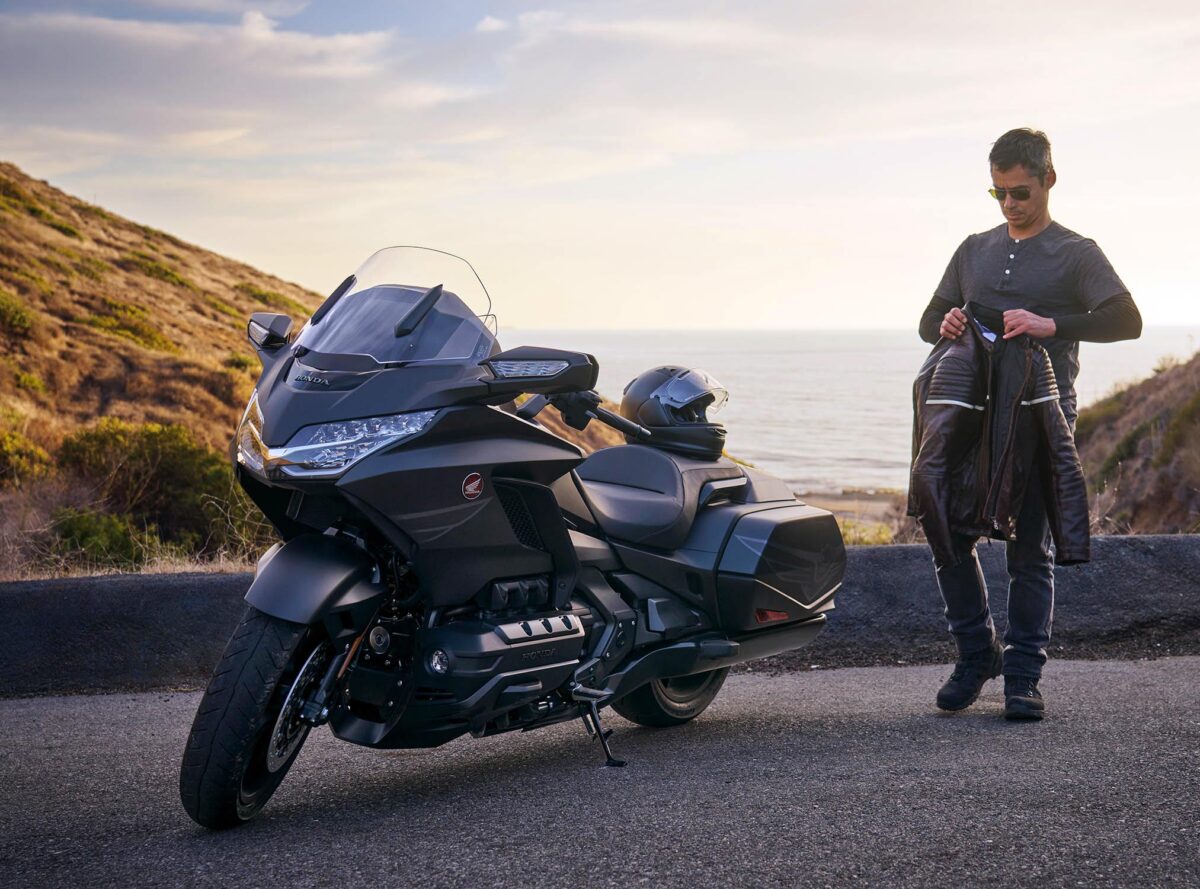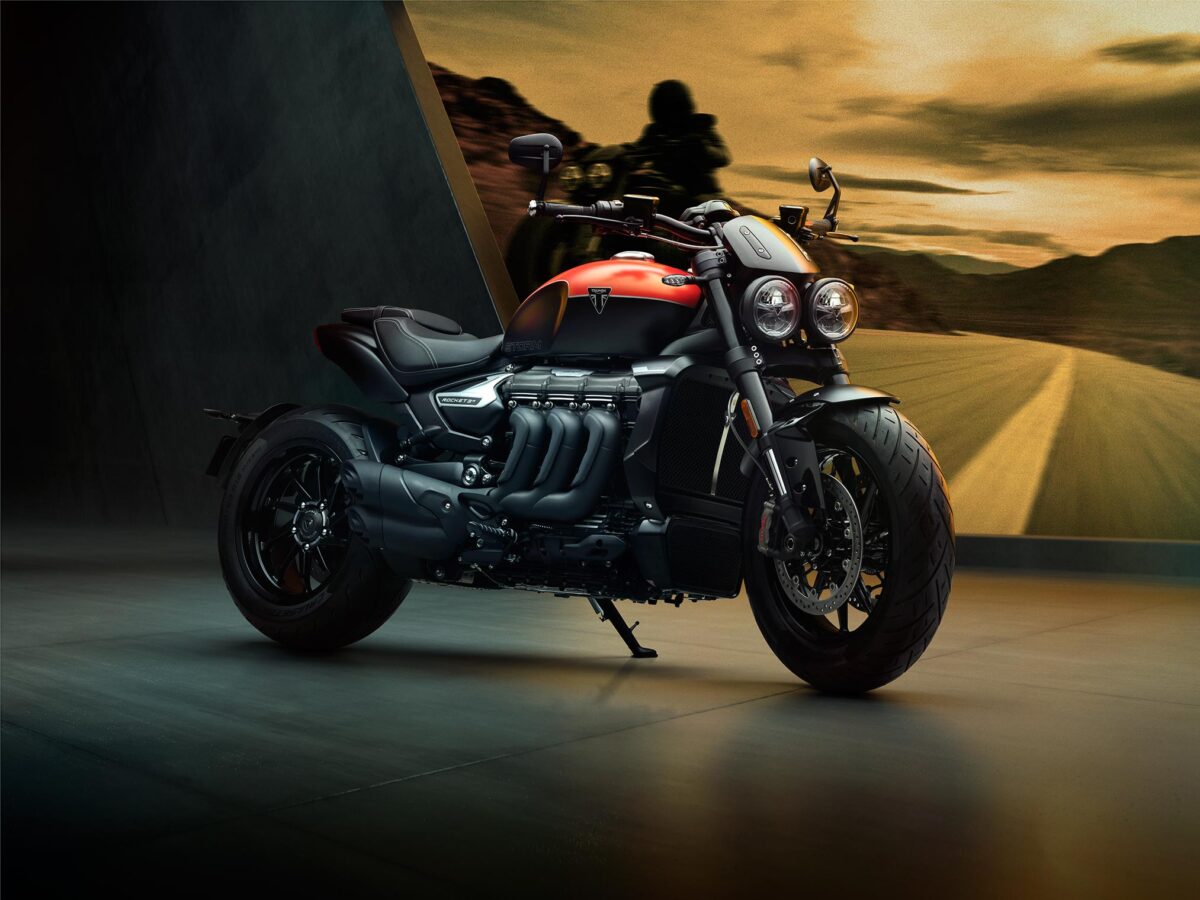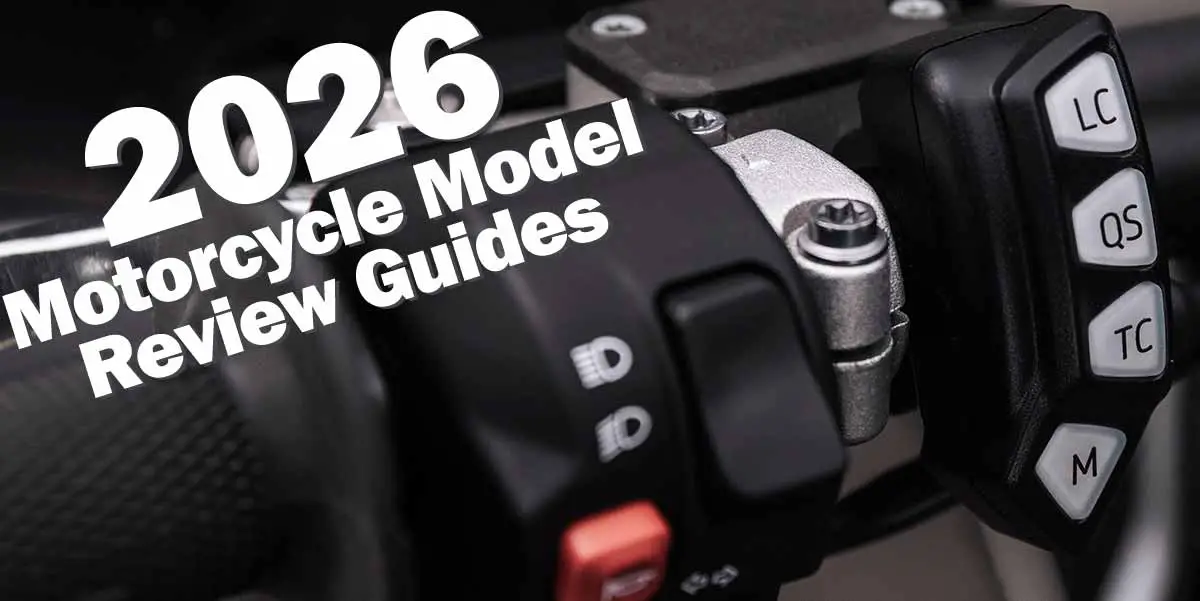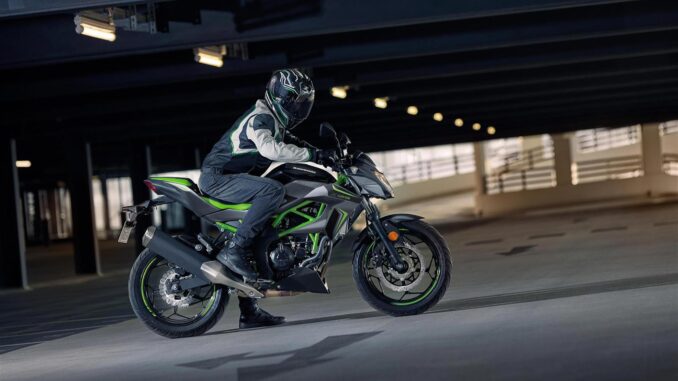
When to Upgrade Your Bike (Signs You’ve Outgrown Your First Ride)
Every rider remembers their first motorcycle. It’s freedom, fear, and fun all rolled into one. But eventually, you’ll feel it: the bike that once thrilled you now feels like it’s holding you back. That’s when the upgrade question begins.
🌟 Why Upgrading Matters
Motorcycling is a journey. Your first bike is rarely your last, and that’s a good thing. The machine that once felt intimidating eventually becomes familiar, then comfortable, and finally, limiting. That’s the natural arc of growth. Upgrading isn’t about chasing horsepower numbers or impressing your riding buddies. It’s about matching your machine to your skills, your goals, and your riding environment. A well‑timed upgrade can reignite your passion, expand your horizons, and even make you safer. But upgrading too soon, or for the wrong reasons, can lead to frustration, wasted money, or worse, accidents.
This guide breaks down the upgrade journey for new riders, experienced riders, and returning riders. We’ll bust myths, highlight common mistakes, and provide progression tables for different styles of bikes. We’ll also explore how engine technology has evolved, because a 750cc from the 1980s is not the same beast as a 750cc today. And we’ll compare how different manufacturers squeeze very different personalities out of the same displacement.
🌟 Upgrading is not about “bigger is better.” It’s about “better for you, right now.”
🌱 New Riders: Outgrowing Your First Bike
Your first motorcycle is like training wheels for adulthood. It’s not supposed to be perfect forever, it’s supposed to teach you. A good starter bike is lightweight, forgiving, and confidence‑building. But eventually, you’ll notice signs that you’ve outgrown it. These signs are important because they tell you when your skills have surpassed your machine’s limits.
🔍 Signs You’ve Outgrown Your First Bike
- Highway Strain: You’re constantly revving at 7,000+ rpm just to keep up with traffic. The bike feels buzzy and underpowered at 65–75 mph. This isn’t just annoying, it’s fatiguing and unsafe on long rides.
- Two‑Up Trouble: Add a passenger or luggage and suddenly acceleration disappears. The suspension bottoms out, and the bike feels unstable. If your bike can’t handle the weight you need it to, it’s time to move up.
- Skill Ceiling: You’ve mastered clutch control, cornering, and braking, but the bike no longer challenges you. You’re ready for ABS, traction control, or more advanced handling. Staying on a too‑small bike can actually slow your growth.
- Distance Dreams: You’re riding longer routes, but your bike’s ergonomics or fuel range make it uncomfortable for more than an hour. If your ambitions outgrow your seat, tank, or wind protection, that’s a clear upgrade signal.
- Confidence vs. Ego: You feel safe and capable, but you’re not “scared” of the bike anymore. That’s a healthy sign you’re ready to move up. Fear should never be the upgrade trigger, capability should.
The key for new riders is to upgrade when your bike limits your growth, not when your ego or friends pressure you.
A 250cc or 300cc is perfect for learning, but if you’re commuting on highways daily or planning cross‑country trips, it’s time to consider the next step.
🚫 Common Mistakes When Upgrading
🔥 The 600cc Supersport Trap
Many new riders think a 600cc sportbike (like a Yamaha R6, Kawasaki ZX‑6R, or Honda CBR600RR) is the “natural next step.” After all, 600 sounds like a middle ground between 300 and 1000, right? Wrong. These bikes make 100–120 horsepower, rev to 14,000 rpm, and are designed for racetracks. They’re twitchy, unforgiving, and punish mistakes. Countless riders have bought one as their “second bike” only to drop it, scare themselves, or quit riding altogether.
👥 Peer Pressure
Riding is social. Friends may push you to “keep up” with their bigger bikes. But upgrading just to match your group is dangerous. If you’re constantly riding beyond your comfort zone, you’re not learning, you’re gambling. The right bike for you is the one that fits your skills, body, and goals, not your buddy’s ego.
💰 Salesman Pressure
Dealers want to move inventory. A bigger bike means a bigger sale. Some salespeople will tell you, “You’ll grow into it” or “You’ll get bored of a smaller bike.” Don’t fall for it. The truth is, you’ll learn faster and safer on a bike that matches your current ability. Growing into a bike is fine, but skipping steps is not.
🚫 Myth‑Busters
✅ Reality: Licensing laws differ. In many countries, new riders are restricted to 125cc–250cc for years. A 600cc supersport is considered advanced everywhere.
✅ Reality: Skipping steps often means you ride scared, never develop proper skills, and eventually downgrade or quit.
✅ Reality: Everyone intends to be careful. But panic stops, target fixation, and whiskey throttle happen. A forgiving bike saves you, a supersport punishes you.
🌟 Upgrading is about timing, not temptation. The right bike at the wrong time is the wrong bike.
🧭 Experienced Riders: When the Bike Becomes the Limiter
Once you’ve put in the miles, the question isn’t “Can I handle this bike?” but “Is this bike holding me back?”
🌟 The Experienced Rider’s Dilemma
After a few seasons, you’ve logged thousands of miles. You’ve survived the rookie mistakes, learned to read traffic, and maybe even taken advanced rider training. Your first or second bike has carried you through the learning curve, but now you’re starting to notice its limits. The machine that once felt like a rocket ship now feels tame. Corners that once terrified you now feel routine. Long rides that once seemed impossible are now your weekend norm. This is the moment many riders face the upgrade question: is it time to move up?
🔍 Signs You’re Ready for an Upgrade
- You’ve maxed out performance: You’re riding at the edge of your bike’s braking, cornering, or acceleration limits. If you’re consistently asking for more than the bike can deliver, it’s time to consider a machine with higher capabilities.
- Comfort is holding you back: You want to ride longer distances, but your bike’s ergonomics, seat, or lack of wind protection make it exhausting. An upgrade can mean more miles with less fatigue.
- You crave advanced features: ABS, traction control, ride modes, cruise control, heated grips, these aren’t luxuries anymore. They’re tools that make you safer and more versatile.
- Your riding style has evolved: Maybe you started on a standard but now crave track days, or you’ve discovered a love for off‑road exploration. If your bike can’t follow you into your new passion, it’s time to upgrade.
- Two‑up or loaded touring feels unsafe: If your bike struggles with passengers or luggage, you’re not just uncomfortable, you’re compromising safety.
📈 The Plateau Effect
Many experienced riders hit what’s called the plateau effect.
You’re no longer learning new skills because your bike doesn’t demand them.
A more capable machine can push you to refine your technique, smoother throttle control,
sharper cornering, better braking. The right upgrade isn’t just about speed;
it’s about unlocking the next level of your riding education.
🚫 Experienced Rider Myth‑Busters
✅ Reality: A bigger engine doesn’t guarantee more fun. Sometimes a lighter, more agile bike is the upgrade you really need. A 650 twin might be more enjoyable than a 1200cc heavyweight if you love twisty roads.
✅ Reality: Ride your own ride. The right upgrade is about your goals, not theirs. If your group rides 1000cc sportbikes but you love adventure touring, your upgrade path should reflect your passion.
✅ Reality: Growth is inevitable. Even if you love your current machine, your skills and ambitions will eventually surpass it. That doesn’t mean you sell it, many riders keep their first “soul bike” and add a second machine for new horizons.
🛠️ Case Studies: Real Upgrade Journeys
Let’s look at a few common upgrade paths experienced riders take:
- The Commuter to Tourer: A rider starts on a 300cc standard for city commuting. After two years, they’re doing weekend trips and want to ride cross‑country. The upgrade? A 650–900cc touring‑friendly bike with luggage and wind protection.
- The Weekend Warrior to Track Day Rider: A rider begins on a 500cc twin. After mastering the basics, they crave sharper handling and more power for track days. The upgrade? A 600–750cc sportbike with advanced suspension and brakes.
- The Explorer: A rider starts on a dual‑sport 250. After years of local trails, they want to tackle multi‑day adventure rides. The upgrade? A 700–1000cc adventure bike with long‑travel suspension and luggage capacity.
📊 Quick Reference: Experienced Rider Upgrade Triggers
| Trigger | What It Means | Upgrade Direction |
|---|---|---|
| Bike feels underpowered on highway | You’ve outgrown entry‑level displacement | Move to mid‑range (500–750cc) |
| Uncomfortable on long rides | Ergonomics and wind protection lacking | Touring or ADV bike with fairing/luggage |
| Craving advanced features | Ready for ABS, traction, ride modes | Modern mid‑ to high‑end models |
| Exploring new riding styles | Your bike can’t follow your passion | Switch categories (sport → ADV, cruiser → touring) |
💡 Pro Tip
Don’t just think about engine size. Think about weight, ergonomics, and purpose. A 700cc adventure bike may weigh more than a 1000cc sportbike. A 900cc cruiser may feel slower than a 650cc sport twin. Numbers don’t tell the whole story, the fit does.
🏍️ Experienced riders: upgrade when your bike limits your growth, not when your ego demands it.
🔄 Returning Riders: Coming Back After Years Away
Once a rider, always a rider, but the road, the bikes, and even your body may have changed since you last threw a leg over.
🌟 The Returning Rider Profile
Life has a way of pulling riders off the road. Careers, kids, finances, or health can put motorcycling on pause for years, sometimes decades.
But the call of two wheels never really fades. When returning riders come back, they often bring enthusiasm, nostalgia, and sometimes a little overconfidence. The challenge is that the riding environment has changed. Traffic is denser, drivers are more distracted, and motorcycles themselves are far more powerful and technologically advanced than they were in the 1980s or 1990s.
🔍 Challenges Returning Riders Face
- Skill Rust: Slow‑speed balance, clutch finesse, and emergency braking are perishable skills. Even if you “never forget,” your reflexes may not be as sharp.
- Overconfidence: Many returning riders think, “I rode a 750 back in the day, I can handle one now.” But today’s 750cc produces nearly double the horsepower of its 1980s counterpart.
- Physical Changes: Age brings slower reaction times, reduced flexibility, and sometimes weaker eyesight. The bike that fit you at 25 may not be comfortable at 55.
- Technology Gap: Modern bikes come with ABS, traction control, ride modes, TFT displays, and electronic suspension. These features are powerful, but they require learning.
- Traffic Evolution: Distracted driving (phones, infotainment systems) makes today’s roads more dangerous than ever. Defensive riding is more critical now.
🚫 Returning Rider Myth‑Busters
✅ Reality: You may remember the basics, but panic braking, counter‑steering, and hazard scanning fade without practice. A refresher course is invaluable.
✅ Reality: A 1985 Honda Nighthawk 750 made ~75 hp. A modern Yamaha MT‑07 (689cc) makes nearly the same, but weighs less and accelerates harder. A modern GSX‑R750 makes 130+ hp, a completely different animal.
✅ Reality: Stability matters, but so does manageability. A heavy cruiser may feel planted, but if you can’t maneuver it confidently in traffic, it’s not safer.
💡 Pro Tips for Returning Riders
- Take a refresher course (MSF or equivalent). Even experienced riders benefit from structured practice.
- Start with a mid‑range bike (500–700cc standard or cruiser) before jumping back into liter‑class machines.
- Prioritize comfort and ergonomics. Your body has changed, your bike should fit your current self, not your 20‑year‑old self.
- Embrace modern safety tech. ABS and traction control save lives, especially if your reflexes aren’t what they used to be.
- Ride defensively. Assume every driver is distracted until proven otherwise.
🔄 Returning riders: nostalgia is powerful, but safety and comfort should guide your upgrade.
📊 Engine Size Progression by Style
Not all 600s are created equal. A 600cc cruiser can be mellow, while a 600cc supersport is a race machine. Use displacement as a starting point, then factor in weight, power delivery, and ergonomics.
| Style | Starter range | Intermediate range | Advanced range | Notes |
|---|---|---|---|---|
| 🏍️ Standard / Naked | 250–500cc | 500–750cc | 750–1000cc+ | Balanced ergonomics and forgiving power. Excellent all‑rounders. |
| ⚡ Sportbike | 300–400cc (light sport) | 500–650cc (parallel twin) | 600–1000cc+ supersport | High‑revving, sharp geometry. 600 supersports are advanced, not “middle.” |
| 🛋️ Cruiser | 250–500cc | 650–900cc | 1000–1800cc | Weight and torque matter more than peak hp. Fit and reach are critical. |
| 🌍 Adventure | 300–500cc | 650–850cc | 900–1250cc+ | Prioritize suspension travel, luggage, and fuel range over raw cc. |
| 🏞️ Off‑road / Dual sport | 125–250cc | 300–450cc | 500–700cc | Lighter is better off‑road. Big dual sports are trail‑capable but demanding. |
| 🧳 Touring | 500–650cc (light touring) | 700–1000cc | 1000–1800cc | Comfort, wind protection, and load capacity beat displacement alone. |
🚦 How to interpret these ranges
- Weight first: A 650cc bike at 430 lb feels very different than a 650cc at 520 lb. Heavier bikes demand more low‑speed control.
- Engine character: A 700cc twin (torque‑rich) is friendlier than a 600cc inline‑four (peaky, high‑rev).
- Ergonomics: Upright seating and neutral bars are more forgiving than aggressive clip‑ons and rearsets.
- Use case: Commuting, touring, track days, and trail riding each favor different powerbands and chassis setups.
🚫 Progression myth‑busters
✅ Reality: Displacement is only one variable. Weight, gearing, and engine layout change difficulty dramatically.
✅ Reality: Smaller, steady steps build skill and confidence without shock‑loading your learning curve.
✅ Reality: A 600cc cruiser is beginner‑friendly torque. A 600cc supersport is track‑bred precision, worlds apart.
🏁 Ready to go deeper? Let’s look at why a 1980s 750cc is nothing like a modern 750cc, and how brand DNA shapes power and feel.
🔧 Engine Evolution: 1980s vs Today (Same CC, different story)
Displacement stayed the same. Everything else got faster, lighter, and smarter.
📊 Approximate horsepower bands by era and class
| Class & displacement | 1980s typical | 2000s typical | 2020s typical | Notes |
|---|---|---|---|---|
| Standard 750cc (air‑cooled inline‑4) | 60–80 hp | 80–95 hp | 75–95 hp (tuned for street torque) | Modern 700–750 twins match 1980s 750 fours for real‑world pace. |
| Supersport 600cc (inline‑4) | — | 100–115 hp | 105–120 hp | High revs, peaky power; demanding for street use. |
| ADV / twin 800–900cc | — | 75–95 hp | 85–105 hp | Broad torque, ride modes, traction control common. |
| Cruiser 900–1200cc (V‑twin) | 45–70 hp (torque‑tuned) | 55–80 hp | 65–95 hp | Peak hp modest; low‑end torque and weight dominate feel. |
| Sport naked 1000cc | — | 120–140 hp | 140–170 hp | Electronics tame power; chassis and brakes far superior now. |
🔍 What changed under the skin
- Fueling: Carburetors ceded to fuel injection, improving cold starts, throttle response, and emissions.
- Compression & timing: Higher compression ratios and precise ignition maps yield stronger midrange.
- Breathing: Variable intake funnels, tuned exhausts, and better cams broaden usable power.
- Friction & materials: Coatings, bearings, and lighter internals reduce losses and raise reliability.
- Electronics: Ride‑by‑wire, ride modes, traction/ABS make big power more controllable, and safer.
🚫 Evolution myth‑busters
✅ Reality: Same cc, different century. Today’s 750 may out‑accelerate an ’80s literbike, especially with electronics helping traction.
✅ Reality: FI can be tuned for character and throttle feel, with fewer compromises in altitude, temperature, and reliability.
🧠 Displacement is history. Delivery is destiny. Next: how different brands turn the same cc into wildly different experiences.
🏷️ Brand DNA: Same CC, different personality
Engine layout, tuning philosophy, and chassis design shape how “a 700cc” feels from brand to brand.
📊 Same‑size, different feel (illustrative comparisons)
| Displacement | Example brands | Typical output | Character | Riding takeaway |
|---|---|---|---|---|
| 690–700cc twins | KTM, Husqvarna vs. Yamaha, Moto Guzzi (V7 ~744cc) | KTM/Husky: 70–75+ hp; Yamaha MT‑07: ~70 hp; Guzzi V7: ~50–65 hp | Euro twins are sharper and revvier; Guzzi is torque‑gentle, classic feel | Same cc can be track‑teasing or leisurely depending on tune and layout |
| 850–900cc ADV twins | KTM/Husqvarna vs. BMW vs. Yamaha | 85–105 hp range; broad torque curves | Euro brands skew performance/agility; some Japanese models prioritize smoothness | Electronics packages (modes, TC, ABS Pro) define confidence off‑road |
| 600cc sport (inline‑4) | Yamaha, Honda, Kawasaki vs. “detuned” roadsters | Supersport: 105–120 hp; street‑tuned: 90–105 hp | Supersport peaky, track‑focused; street 600s soften delivery | Geometry and gearing change day‑to‑day rideability more than cc |
| 900–1200cc V‑twin cruisers | H‑D, Indian vs. Japanese mids | 65–95 hp; torque 60–80+ lb‑ft common | Low‑rpm torque, relaxed rev ceiling; weight dominates feel | Choosing “power” here is choosing torque curve + ergonomics |
🔍 What affects “feel” beyond cc
- Layout: Parallel twin vs. V‑twin vs. inline‑four changes vibration, rev character, and packaging.
- Tuning: Cam profiles, compression, intake length, and ECU maps define torque vs. top‑end bias.
- Weight & gearing: A lighter bike with shorter gearing will feel stronger at the same hp.
- Electronics: Ride modes can mask or unleash character; TC/ABS add usable performance.
- Chassis & ergonomics: A playful chassis makes modest power feel exciting; a heavy bike can make big power feel dull.
🚫 Brand DNA myth‑busters
✅ Reality: Power‑to‑weight and gearing decide seat‑of‑pants speed. A torquey twin can out‑zip a higher‑hp four at city speeds.
✅ Reality: Trends exist, but every brand builds both sharp and friendly tunes. Test ride the specific model.
🎯 Upgrade smart: pick the delivery you love, not just the displacement you recognize.
🔧 Engine Evolution & Brand DNA: Same CC, Different Century
Displacement is just a number. How that number is engineered, tuned, and delivered has changed dramatically over decades, and varies wildly between manufacturers.
📜 A Brief History of Engine Evolution
In the 1980s, a 750cc motorcycle was considered a serious machine. Air‑cooled inline‑fours like the Honda Nighthawk 750 or Kawasaki GPz750 made around 70–80 horsepower. They were heavy, carbureted, and often lacked advanced suspension or brakes. Fast forward to today: a Yamaha MT‑07 (689cc twin) makes nearly the same horsepower, weighs less, and delivers torque across a broader rev range. Meanwhile, a modern GSX‑R750 produces 130+ hp, nearly double the output of its 1980s namesake, with ABS, traction control, and a chassis that can handle it.
🔍 Key Advances by Era
- 1980s: Air‑cooled, carbureted, modest compression ratios. Power was linear but limited. Reliability was improving, but maintenance was frequent.
- 1990s: Liquid cooling became standard, higher compression, better metallurgy. Sportbikes exploded in performance, with 600cc machines making 100 hp.
- 2000s: Fuel injection replaced carbs, improving throttle response and emissions. Electronics began creeping in (early ABS, fuel maps).
- 2010s–2020s: Ride‑by‑wire, traction control, multiple ride modes, cornering ABS, quickshifters. Engines tuned for both peak power and usable torque. Reliability and service intervals improved dramatically.
📊 Horsepower Evolution by Displacement
| Displacement | 1980s Typical | 2000s Typical | 2020s Typical | Notes |
|---|---|---|---|---|
| 750cc Standard | 65–80 hp | 80–95 hp | 75–95 hp (torque‑tuned twins) | Modern 700 twins rival old 750 fours in real‑world pace. |
| 600cc Supersport | — | 100–115 hp | 105–120 hp | Track‑focused, peaky, demanding for street use. |
| 900cc ADV Twin | — | 75–90 hp | 85–105 hp | Broad torque, electronics enhance control. |
| 1200cc Cruiser | 50–70 hp | 60–80 hp | 70–95 hp | Torque is the focus, not peak hp. |
| 1000cc Naked | — | 120–140 hp | 140–170 hp | Electronics tame big power for street use. |
🏷️ Manufacturer Differences: Brand DNA
Even within the same displacement, brands deliver very different experiences.
KTM and Husqvarna tune their 690–701cc singles and twins for aggressive performance, often producing more horsepower per cc than Japanese equivalents.
Moto Guzzi’s 744cc V7, by contrast, makes 50–65 hp, but delivers it with a relaxed, torquey character that appeals to riders who value feel over speed.
Yamaha’s MT‑07 splits the difference: ~70 hp, light weight, playful handling.
📊 Same CC, Different Feel
| Displacement | Brand Examples | Output | Character | Takeaway |
|---|---|---|---|---|
| 700cc Twins | KTM 690/Husky 701 vs. Yamaha MT‑07 vs. Moto Guzzi V7 | KTM/Husky: 70–75+ hp; Yamaha: ~70 hp; Guzzi: 50–65 hp | KTM/Husky sharp & revvy; Yamaha playful; Guzzi mellow & torquey | Same cc, three personalities: track‑teasing, all‑rounder, or classic cruiser feel. |
| 850–900cc ADV | KTM 890 Adventure vs. BMW F850GS vs. Yamaha Tenere 700 | 85–105 hp | KTM aggressive, BMW balanced, Yamaha rugged simplicity | Electronics packages and suspension define the experience more than cc. |
| 600cc Sport | Yamaha R6 vs. Honda CBR650R | R6: 115 hp; CBR650R: ~95 hp | R6 razor‑sharp, track‑bred; CBR650R softened for street | Same displacement, one is a scalpel, the other a commuter‑friendly sport. |
🔍 What Affects “Feel” Beyond CC
- Layout: Parallel twin vs. V‑twin vs. inline‑four changes vibration, rev character, and packaging.
- Tuning: Cam profiles, compression, intake length, and ECU maps define torque vs. top‑end bias.
- Weight & gearing: A lighter bike with shorter gearing will feel stronger at the same hp.
- Electronics: Ride modes can mask or unleash character; TC/ABS add usable performance.
- Chassis & ergonomics: A playful chassis makes modest power feel exciting; a heavy bike can make big power feel dull.
🚫 Final Myth‑Busters
🚫 Final Myth‑Busters
✅ Reality: Weight, geometry, and tuning matter more. A 900cc cruiser is easier than a 600cc supersport.
✅ Reality: Many modern 300–500cc bikes are friendlier than old 250s, thanks to smoother fueling and ABS.
✅ Reality: Tuning philosophy differs, but every brand builds both mellow and aggressive models. Test rides beat spec sheets.
🏁 The Upgrade Mindset
Upgrading your motorcycle isn’t about chasing numbers, it’s about chasing fit.
The right bike at the right time makes you safer, more confident, and more excited to ride.
The wrong bike at the wrong time can intimidate, frustrate, or even end your riding journey early.
Think of upgrading as a partnership decision: you and your bike should grow together.
When your skills, ambitions, or lifestyle change, your machine should evolve with you.
Whether you’re a new rider itching for highway comfort, an experienced rider craving advanced features,
or a returning rider rediscovering the joy of two wheels, the upgrade path is personal.
Don’t let ego, peer pressure, or sales tactics dictate your choice.
Let your skills, comfort, and goals lead the way.
🌟 The best upgrade is the one that keeps you riding longer, safer, and happier.
🏆 Top 10 Upgrade Insights (Quick Reference)
Screenshot‑friendly summary of the entire guide.
| # | Insight | Why It Matters |
|---|---|---|
| 1 | Upgrade when your bike limits your growth | Confidence and skills should drive upgrades, not ego. |
| 2 | Avoid the 600cc supersport trap | They’re advanced machines, not “middle steps.” |
| 3 | Peer pressure ≠ upgrade readiness | Your path is personal. Ride your own ride. |
| 4 | Returning riders face modern power jumps | A 750cc today ≠ a 750cc in the 1980s. |
| 5 | Progression is style‑specific | 600cc cruiser ≠ 600cc sportbike. Context matters. |
| 6 | Engine evolution changed the game | Fuel injection, electronics, and materials doubled usable power. |
| 7 | Brand DNA shapes feel | KTM’s 700cc ≠ Guzzi’s 700cc. Same cc, different soul. |
| 8 | Comfort is performance | Ergonomics, wind protection, and luggage matter as much as hp. |
| 9 | Electronics unlock confidence | ABS, traction, and ride modes make big power safer. |
| 10 | Upgrade mindset = longevity | The right bike keeps you riding longer, safer, and happier. |
📝 Upgrade Readiness Checklist
Answer Yes or No. If you check “Yes” for 5 or more, it may be time to consider upgrading.
| Question | Yes | No |
|---|---|---|
| 1. Do you feel your bike struggles to keep up at highway speeds? | ⬜ | ⬜ |
| 2. Do you often ride two‑up or with luggage and feel underpowered? | ⬜ | ⬜ |
| 3. Have you mastered the basics (clutch, braking, cornering) and want more challenge? | ⬜ | ⬜ |
| 4. Do you find your bike uncomfortable on rides longer than an hour? | ⬜ | ⬜ |
| 5. Are you interested in features like ABS, traction control, or cruise control? | ⬜ | ⬜ |
| 6. Do you feel your bike limits your ability to explore new riding styles (touring, ADV, track)? | ⬜ | ⬜ |
| 7. Do you often ride at the edge of your bike’s performance (braking, cornering, acceleration)? | ⬜ | ⬜ |
| 8. Has your riding group or environment changed (longer trips, faster highways, off‑road trails)? | ⬜ | ⬜ |
| 9. Do you feel more confident than challenged by your current bike? | ⬜ | ⬜ |
| 10. Do you find yourself daydreaming about a different style or size of bike? | ⬜ | ⬜ |
📊 Scoring
- 0–3 Yes: Your current bike still fits your needs. Keep riding and learning.
- 4–6 Yes: You’re on the edge. Start researching your next step.
- 7–10 Yes: Strong signs you’ve outgrown your current ride, time to upgrade.
🌟 Remember: the best upgrade is the one that matches your skills, comfort, and goals, not just your ego.
🔀 Upgrade Path Flowchart
Follow the Yes/No arrows to see where your upgrade journey points.
START
|
|-- Do you feel underpowered at highway speeds?
| |-- YES --> Consider mid‑range (500–750cc standard / 650 twin sport / 650–850 ADV)
| |-- NO --> Continue
|
|-- Do you ride two‑up or with luggage often?
| |-- YES --> Touring / ADV upgrade (700–1000cc+ with luggage & comfort)
| |-- NO --> Continue
|
|-- Do you crave sharper handling or track days?
| |-- YES --> Sport upgrade (600–750cc sport twin or supersport if advanced)
| |-- NO --> Continue
|
|-- Do you want more comfort for long rides?
| |-- YES --> Touring / Cruiser upgrade (650–1200cc, wind protection, ergonomics)
| |-- NO --> Continue
|
|-- Do you want to explore off‑road or adventure riding?
| |-- YES --> Dual‑sport / ADV upgrade (300–700cc for trails, 700–1250cc for ADV touring)
| |-- NO --> Continue
|
|-- Are you mostly commuting in the city?
| |-- YES --> Stay light & nimble (300–500cc standard, scooter, or EV commuter)
| |-- NO --> Continue
|
|-- Do you feel your bike no longer challenges you?
|-- YES --> Upgrade to next displacement tier in your style
|-- NO --> Stay with current bike, focus on skills or accessories
🌟 Use this flowchart with the Readiness Checklist: if you scored 5+ Yes, trace your path here to see your likely upgrade category.


